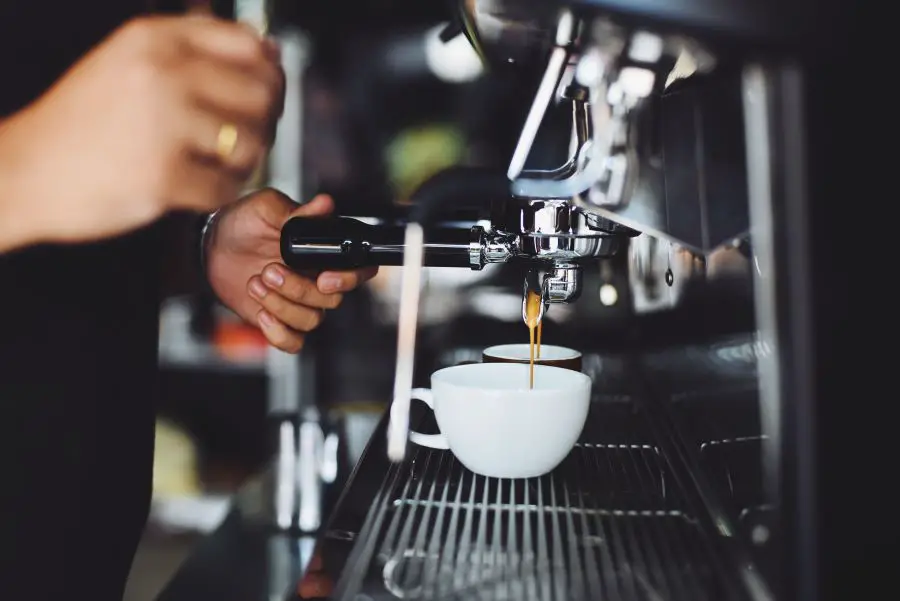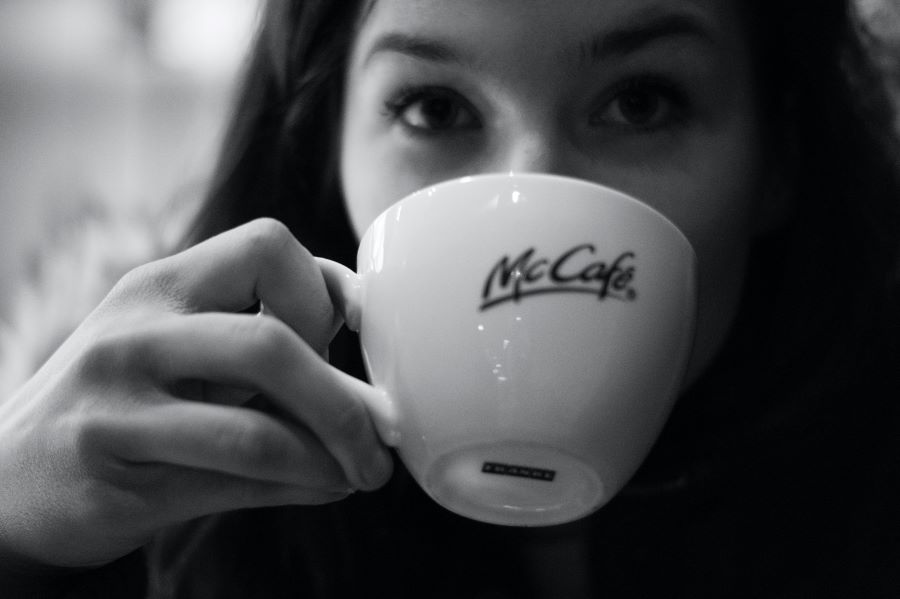McDonald’s coffee has been a hot topic of debate for years, both in terms of its temperature and the controversies surrounding it.

Why McDonald’s coffee is served so hot, ranging from scientific reasoning to customer perception and company policy.
This article will delve deep into the reasons behind the heat, the historical context, and the repercussions of McDonald’s high-temperature coffee.
The Science Behind the Heat
Optimal Flavor Extraction
Coffee brewing is an intricate process that involves balancing several variables to extract the best flavor from the beans. One such variable is temperature.
According to The Commons Cafe, McDonald’s serves its coffee at approximately 180 degrees Fahrenheit. This heat level is adequate for extracting maximum flavor from the coffee beans without being excessively hot to cause immediate burns upon consumption.
The water temperature used for brewing coffee is crucial in the extraction process. The heat helps to dissolve the flavorsome compounds in the coffee grounds, contributing to the beverage’s overall taste and aroma.
Coffee brewed with water that is too cool may taste flat and under-extracted, while coffee brewed with water that is too hot can taste bitter and over-extracted.
Thus, serving coffee at higher temperatures can enhance the beverage’s flavor profile, making it more appealing to consumers.
Perceived Freshness
Serving coffee at higher temperatures also has a psychological impact. Consumers often perceive Hotter coffee as a fresher, creating a positive impression of the beverage’s quality.
McDonald’s taps into this consumer perception by maintaining its coffee at high temperatures, enhancing the customer experience, and upholding its reputation for serving fresh, hot coffee. This perception is not unfounded either.
Hot coffee, due to its temperature, tends to release more aromas. These aromas contribute significantly to the flavor of the coffee, and it’s well-known that our sense of smell plays a crucial role in our perception of freshness.
Therefore, the hotter the coffee, the more aromas are released, and the fresher the coffee is perceived to be.
The History of McDonald’s Hot Coffee
Liebeck v. McDonald’s Restaurants
The most infamous incident involving McDonald’s coffee is the case of Liebeck vs. McDonald’s Restaurants. In 1992, Stella Liebeck suffered third-degree burns after accidentally spilling a McDonald’s coffee on her lap.
The case highlighted that McDonald’s coffee was served at a temperature of at least 20°F higher than many other establishments in the city, leading to a significant lawsuit against the fast-food giant.
The case highlighted the potential dangers of serving coffee at such high temperatures.
It raised questions about whether restaurants and cafes should be held responsible for injuries resulting from hot beverages and whether they should be required to warn customers about the risks associated with these temperatures.
McDonald’s Response
Despite the lawsuit and the resulting negative publicity, McDonald’s continued to serve their coffee at high temperatures.
The company argued that the high serving temperature ensured optimal taste and quality, and it was up to the consumers to handle the beverage carefully.
They maintained that the temperature of their coffee was in line with industry standards and that coffee served at lower temperatures would not meet customer expectations for hot beverages.
They also pointed out that customers who intended to consume the coffee immediately after purchase would find it at an appropriate drinking temperature.

The Consequences & Controversies
Health Risks
Serving coffee at such high temperatures poses a risk of severe burns. According to the Consumer Attorneys of California4, McDonald’s corporate policy was to serve coffee at a temperature that could cause severe burns in seconds.
This revelation led to widespread criticism of McDonald’s, with many accusing the company of prioritizing profits over customer safety.
In response to these criticisms, McDonald’s claimed that their coffee was not dangerously hot but served at a temperature enjoyed by many coffee drinkers.
They also pointed out that all their cups were labeled with a warning about the hot contents, although this was disputed in the Liebeck case.
Public Perception
The Liebeck case sparked a heated debate about personal responsibility and corporate negligence.
While some viewed the case as an example of a frivolous lawsuit and a symptom of an overly litigious society, others saw it as a stark example of a corporation prioritizing profits over customer safety.
The case had far-reaching implications, influencing how McDonald’s and other restaurants serve their coffee and how product liability cases are handled in the courts.
It led to calls for reform in how hot beverages are served in restaurants and for better warnings about the potential dangers of hot liquids.
Looking Ahead
Temperature Adjustments
Following the lawsuit and subsequent public backlash, there were reports of McDonald’s adjusting the serving temperature of their coffee. However, the exact current temperature remains a closely guarded corporate secret1.
Despite the controversy, McDonald’s maintains that serving hot coffee is essential for delivering a high-quality product that meets customer expectations.
The company continues to balance the need for customer satisfaction with the need to ensure customer safety.
Customer Awareness

The controversy has undeniably made customers more aware of the potential risks associated with hot beverages.
It serves as a reminder for consumers to handle hot drinks carefully, especially when consuming them in a moving vehicle or in a situation where sudden movements might result in spills.
Moreover, it has encouraged consumers to be more proactive in ensuring their safety, whether by waiting for the beverage to cool down before consumption or securing it to prevent accidental spillage.
Conclusion
McDonald’s hot coffee story is a fascinating blend of science, corporate strategy, and public opinion.
While the high-temperature aids in flavor extraction and maintains the perception of freshness, it has also led to controversy and calls for increased safety measures.
As consumers, awareness and caution are critical when enjoying that next cup of hot McDonald’s coffee.





